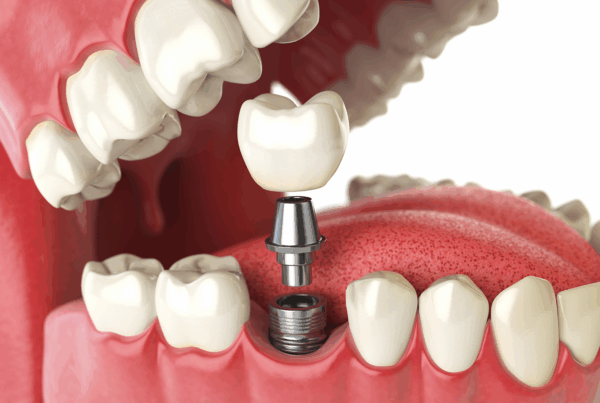When faced with tooth damage or decay, many patients wonder about the best way to restore their dental health. Among the most effective solutions is a dental crown. But how does this remarkable dental appliance work, and what benefits does it offer? Let’s explore the key aspects of dental crowns and why they might be the perfect solution for you.
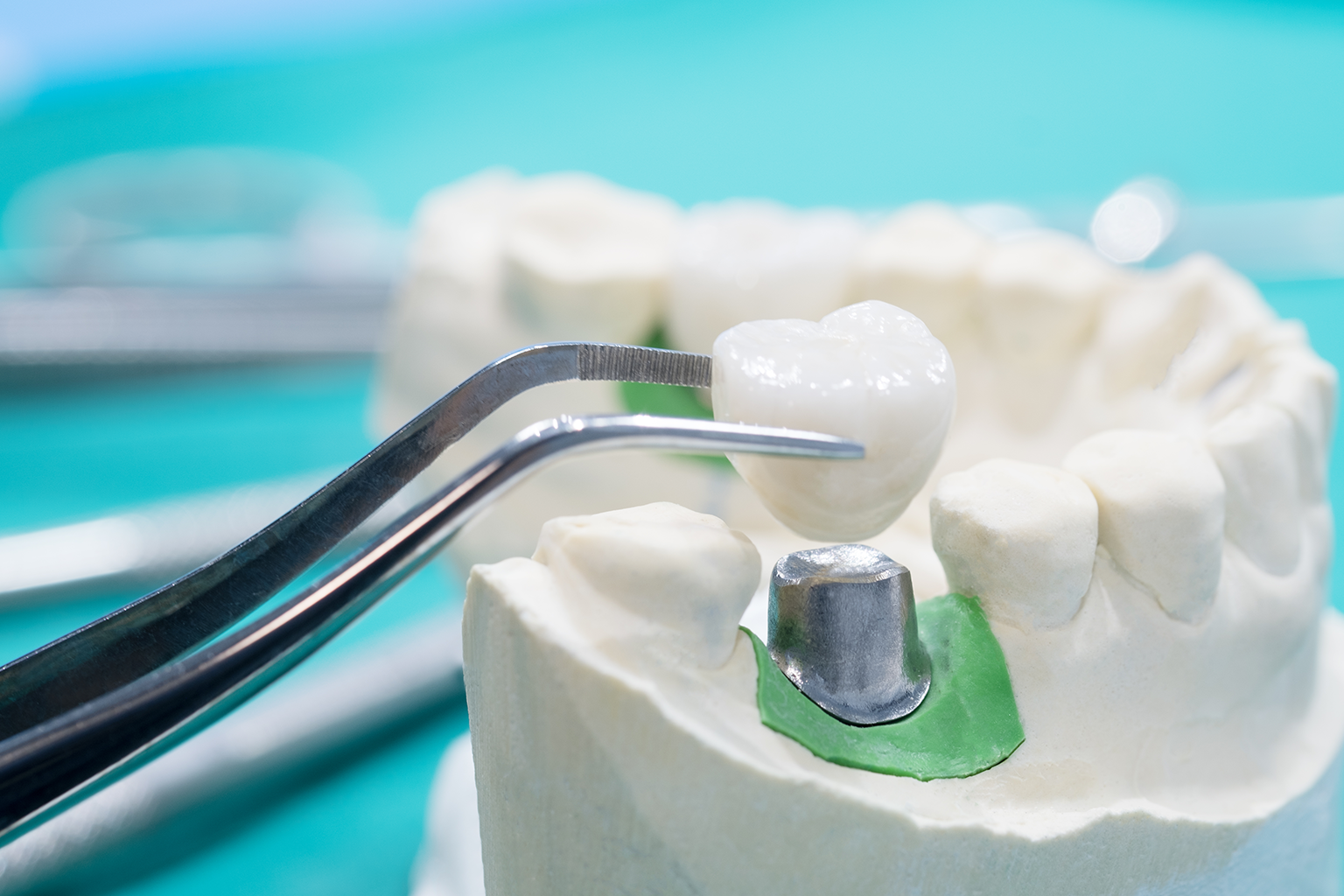 Should I Get a Crown or Extraction?
Should I Get a Crown or Extraction?
One of the most common dilemmas patients face is whether to opt for a crown or extraction. Making the right choice depends on the condition of your tooth, your overall oral health, and the recommendations of your dentist.
Dental Crowns: Preserving What’s Left
A dental crown is an ideal choice if your tooth is significantly damaged but still has a healthy root structure. Crowns cover and protect the entire visible portion of the tooth, restoring its shape, size, and functionality. They are particularly beneficial for teeth that are cracked, worn down, or have large fillings. Here are some scenarios where a dental crown is preferred:
- Cracked or Fractured Teeth: If a tooth has a significant crack or fracture but the root is intact, a crown can hold the tooth together and prevent further damage.
- Severe Wear and Tear: Teeth that have worn down due to grinding (bruxism) or erosion can be restored with crowns, which provide a durable surface for chewing.
- After Root Canal Therapy: A tooth that has undergone a root canal often becomes brittle and more prone to breakage. A crown can protect the treated tooth and restore its strength.
- Large Fillings: When a tooth has a large filling that compromises its structure, a crown can offer the necessary support and protection.
Tooth Extractions: When Removal is Necessary
On the other hand, extraction is considered when a tooth is too damaged to be saved, or if it poses a risk of infection spreading to other areas of the mouth. Extractions are a last resort and usually followed by options like dental implants or bridges to replace the missing tooth. Here are situations where extraction might be the best option:
- Severe Decay: If a tooth is extensively decayed and there is not enough healthy structure left to support a crown, extraction might be necessary.
- Advanced Gum Disease: In cases where periodontal disease has caused significant bone loss around the tooth, extraction may be the only option to prevent further damage to surrounding teeth and bone.
- Impacted Teeth: Wisdom teeth, or other impacted teeth that are causing pain or infection, often require removal.
- Severe Infection: If an abscessed tooth does not respond to root canal treatment and poses a risk of spreading infection, it may need to be extracted.
Weighing the Pros and Cons
Choosing between a crown and extraction involves considering the long-term implications for your oral health. Crowns can save a tooth and maintain your natural bite, alignment, and appearance. They also help preserve the underlying bone structure and prevent neighboring teeth from shifting.
Extractions, while sometimes necessary, can lead to bone loss and alignment issues if the gap is not properly managed with an implant or bridge. However, removing a problematic tooth can alleviate pain and prevent the spread of infection.
Consult with Your Dentist
Ultimately, the decision should be made in consultation with your dentist, who can evaluate the condition of your tooth and recommend the best course of action. They will consider factors such as the extent of damage, your overall oral health, and your personal preferences.
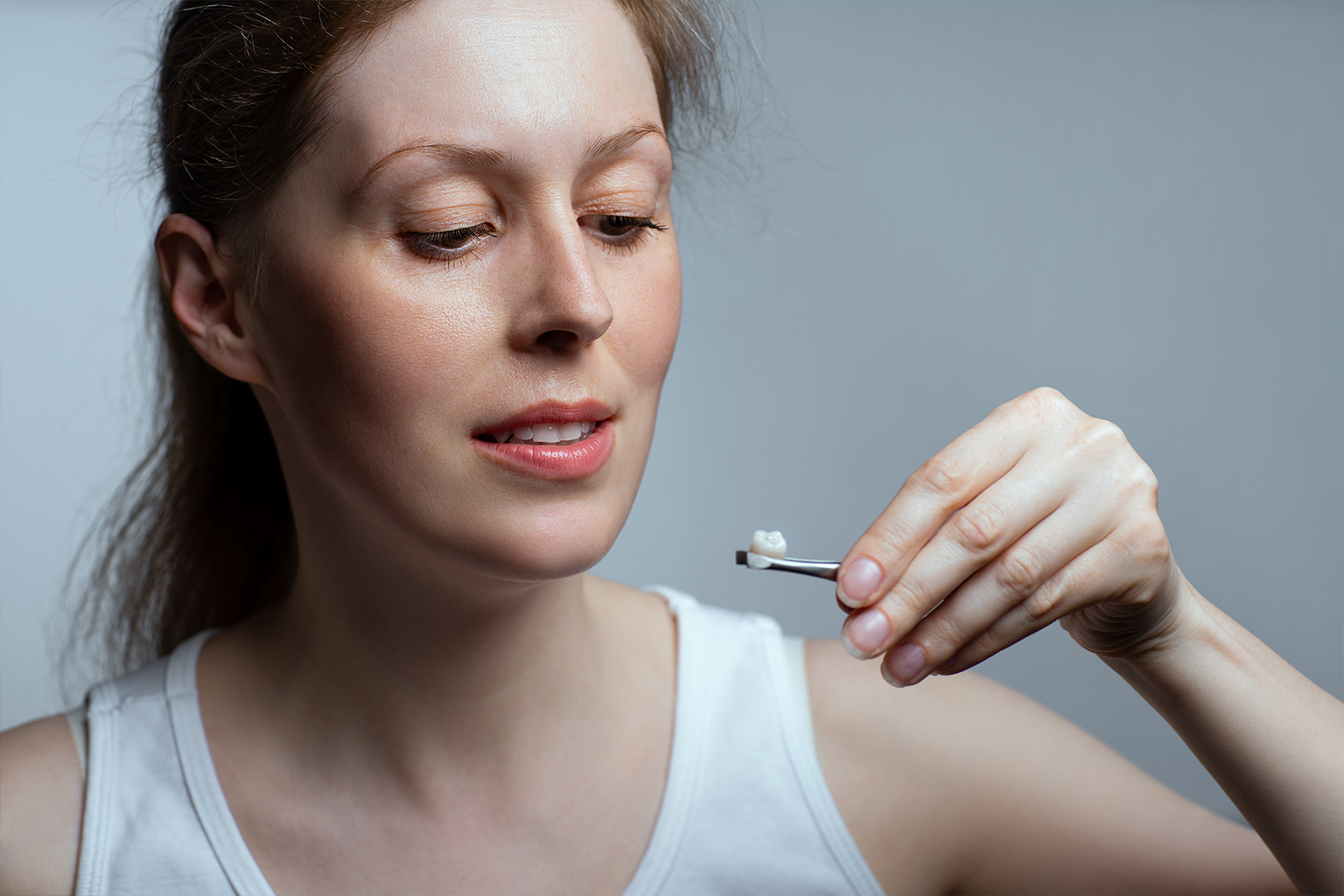 How Do You Fix Tooth Decay Under a Crown?
How Do You Fix Tooth Decay Under a Crown?
Tooth decay under a crown can be a concerning issue, but it’s not without solutions. Understanding the steps to fix and prevent decay under a crown can help you maintain a healthy smile and prolong the life of your dental work.
Detecting Decay Early
The first step in addressing tooth decay under a crown is early detection. Regular dental check-ups are essential because they allow your dentist to catch any issues before they become serious. During these visits, your dentist will use various diagnostic tools, such as X-rays and visual inspections, to look for signs of decay that may be hidden beneath the crown.
Treatment Steps
If decay is detected under a crown, the following steps are typically taken to resolve the issue:
- Removing the Crown: The dentist will carefully remove the existing crown to access the decayed area. This process involves breaking the seal of the cement that holds the crown in place and gently lifting it off the tooth.
- Cleaning Out the Decay: Once the crown is removed, the dentist will thoroughly clean out the decayed portion of the tooth. This step is crucial to ensure that all the infected material is eliminated and that the tooth is properly disinfected to prevent further decay.
- Assessing the Tooth: After cleaning, the dentist will assess the remaining tooth structure to determine if it is strong enough to support a new crown. If the tooth is too damaged, additional restorative work, such as a filling or a root canal, may be necessary.
- Placing a New Crown: Once the tooth is prepared and any necessary restorations are completed, a new crown will be fabricated and fitted. The new crown will be designed to match the shape, size, and color of your natural teeth, ensuring a seamless appearance.
Prevention is Key
Preventing decay under crowns is crucial for maintaining oral health. Here are some effective strategies:
- Good Oral Hygiene: Maintain a diligent oral hygiene routine that includes brushing twice a day with fluoride toothpaste, flossing daily, and using an antibacterial mouthwash. These practices help remove plaque and bacteria that can lead to decay.
- Regular Dental Visits: Schedule regular dental check-ups and cleanings at least twice a year. Professional cleanings can remove plaque and tartar buildup that you might miss at home, and examinations can catch early signs of decay.
- Proper Crown Care: Pay special attention to the area where the crown meets the gum line. Use interdental brushes or water flossers to clean these hard-to-reach areas thoroughly.
- Diet and Lifestyle: Limit sugary and acidic foods and beverages, as they can contribute to decay. Drinking water after meals can help wash away food particles and reduce the risk of cavities.
- Fluoride Treatments: Ask your dentist about fluoride treatments or dental sealants, which can provide an extra layer of protection against decay, especially if you are prone to cavities.
The Role of Professional Care
Even with the best at-home care, professional dental visits are irreplaceable. Your dentist has the expertise and tools to detect and treat problems that are not visible to the naked eye. Regular check-ups ensure that any signs of decay under your crown are caught early, preventing more extensive and costly treatments down the line.
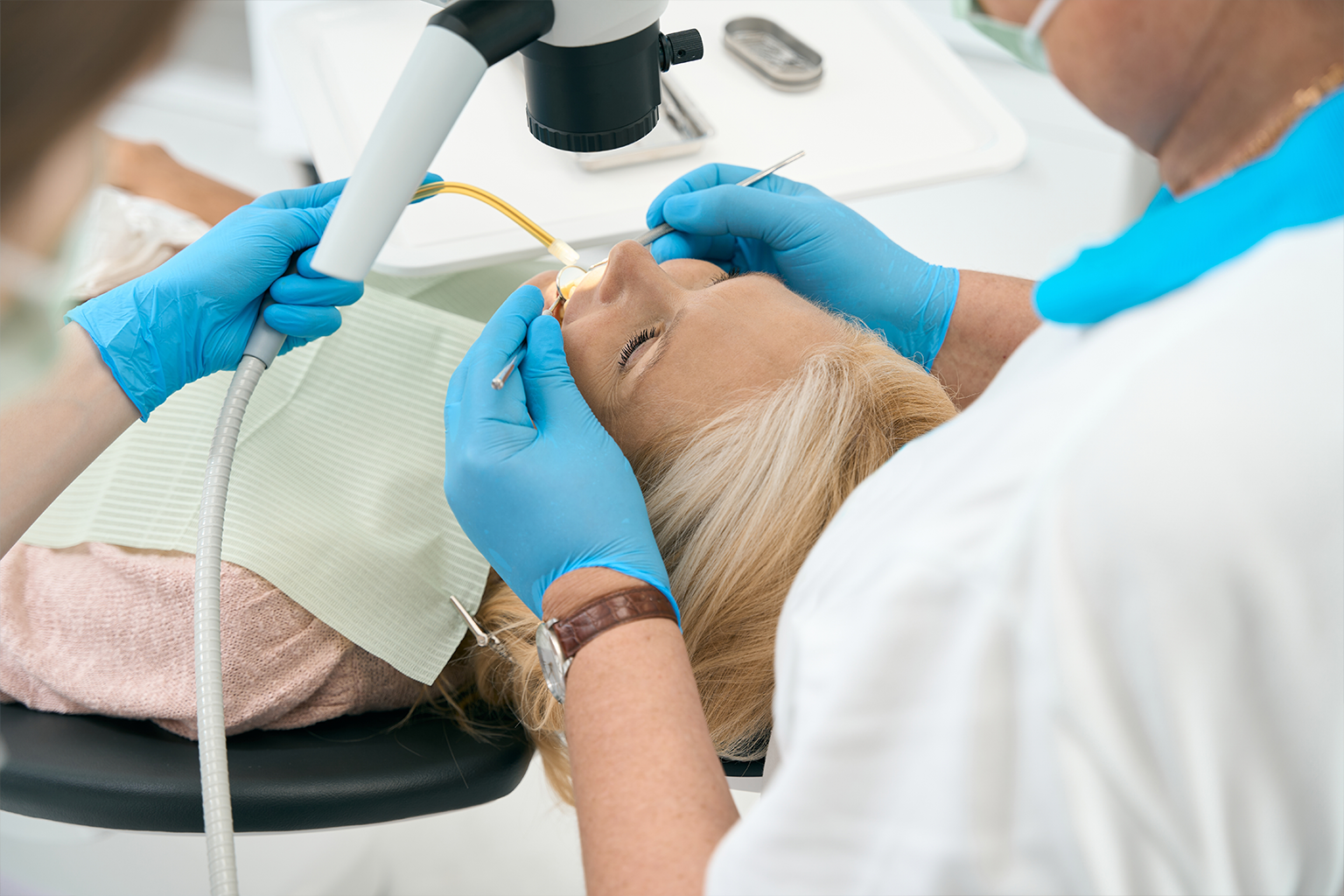 Is a Crown Stronger Than a Natural Tooth?
Is a Crown Stronger Than a Natural Tooth?
Many patients wonder about the durability of crowns compared to their natural teeth.
Dental crowns are crafted from materials like porcelain, ceramic, or metal, designed to withstand the pressures of biting and chewing. In many cases, a crown can be stronger than the original tooth it replaces, especially if the tooth was weakened by decay or damage. Porcelain-fused-to-metal crowns and all-ceramic crowns offer both strength and aesthetic appeal, blending seamlessly with your natural teeth.
While crowns are incredibly durable, it’s essential to treat them with the same care as your natural teeth. Avoid chewing hard objects like ice or pens and maintain a good oral hygiene routine to prolong the lifespan of your crown.
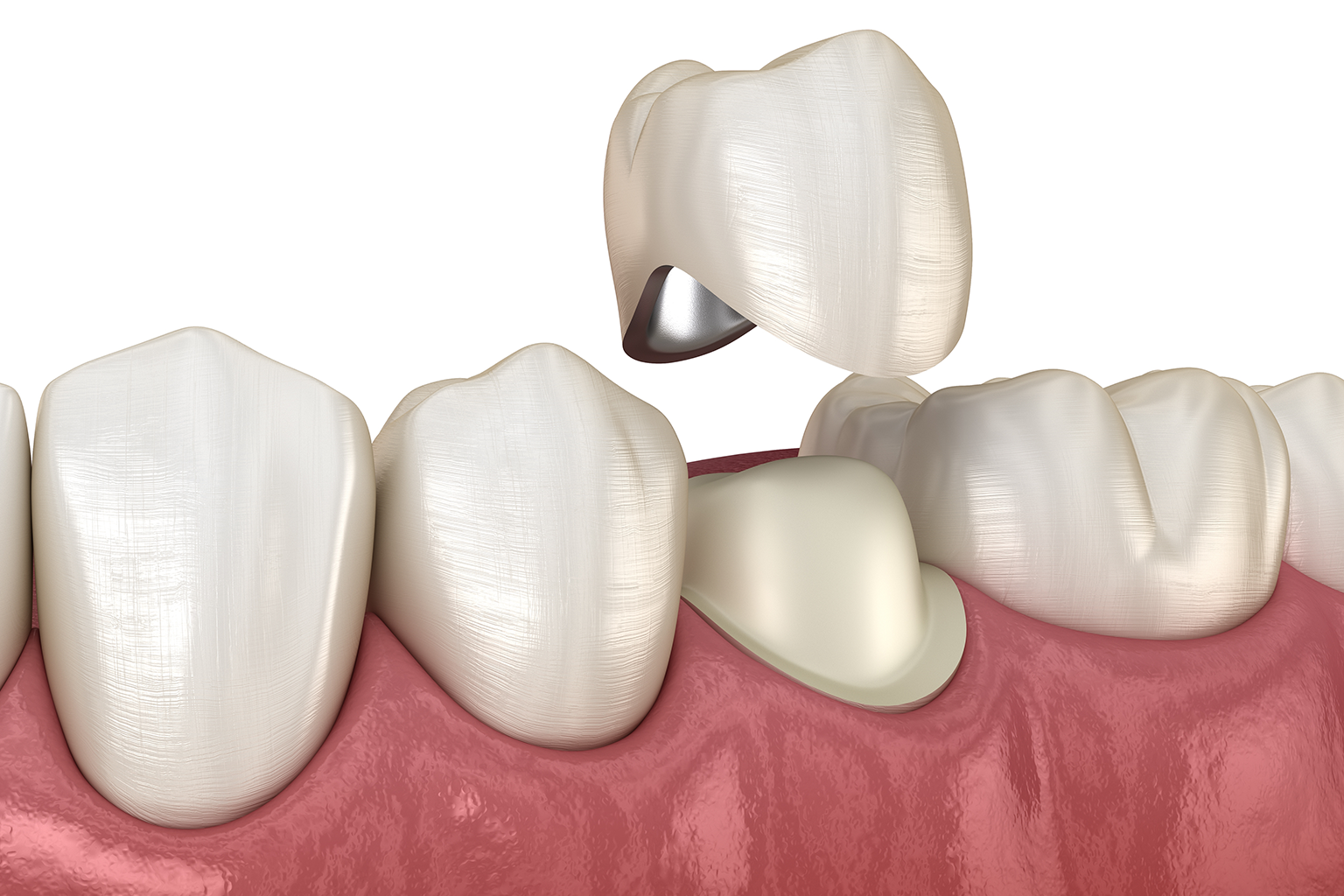 Conclusion
Conclusion
Dental crowns are a powerful solution for restoring damaged or decayed teeth, providing strength and functionality while maintaining a natural appearance. Whether you’re debating between a crown or extraction, concerned about decay under a crown, or curious about the durability of crowns, consulting with a professional dentist can guide you to the best decision for your oral health.
Take the first step towards a healthier, more confident smile. Schedule an appointment with us today and let our expert team help you achieve optimal dental health with the perfect solution tailored to your needs.


